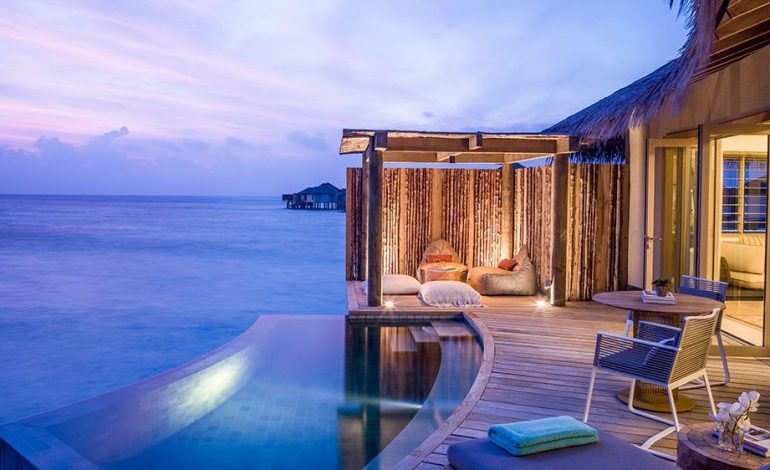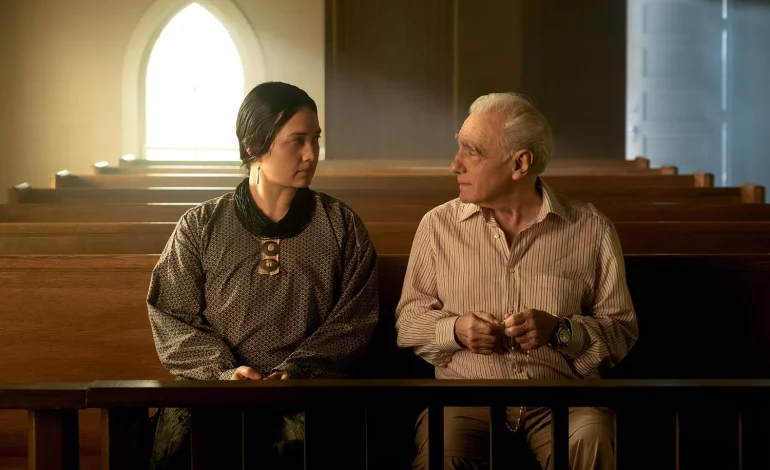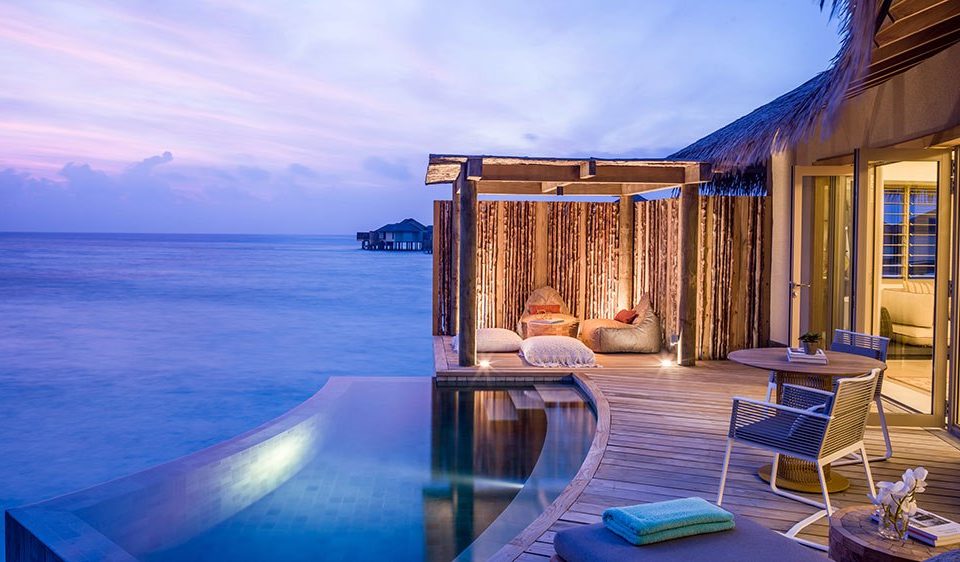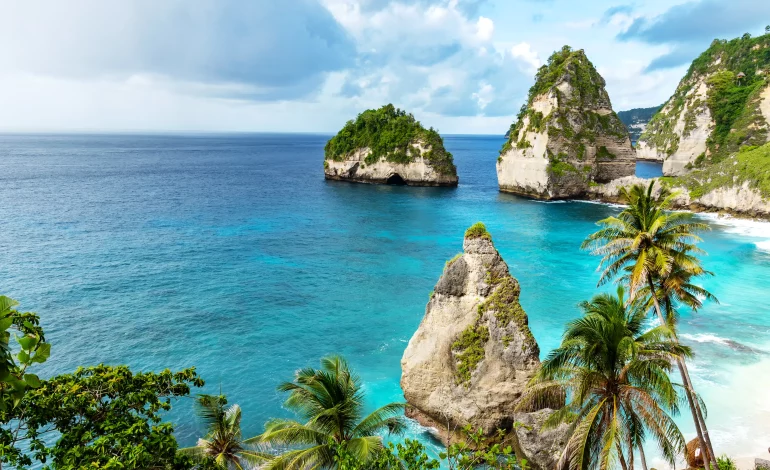
The best of Bali: What it’s like to visit now
Bali, like many other major tourist hotspots in the world, suffered a great deal of economic turmoil due to the Covid-19 pandemic. Arrivals dropped from more than 500,000 visitors per month to just over 20,000. Tourism workers were forced to work in the island’s orchards and paddies to survive.
The residents of this area of the Ring of Fire have a reputation for being resilient. Island of the Gods has now risen from the ashes, and is re-creating itself in a way that reflects the needs of more conscious travelers after the pandemic.
Bali has some of the most exciting experiences for visitors.
Best for Wellness
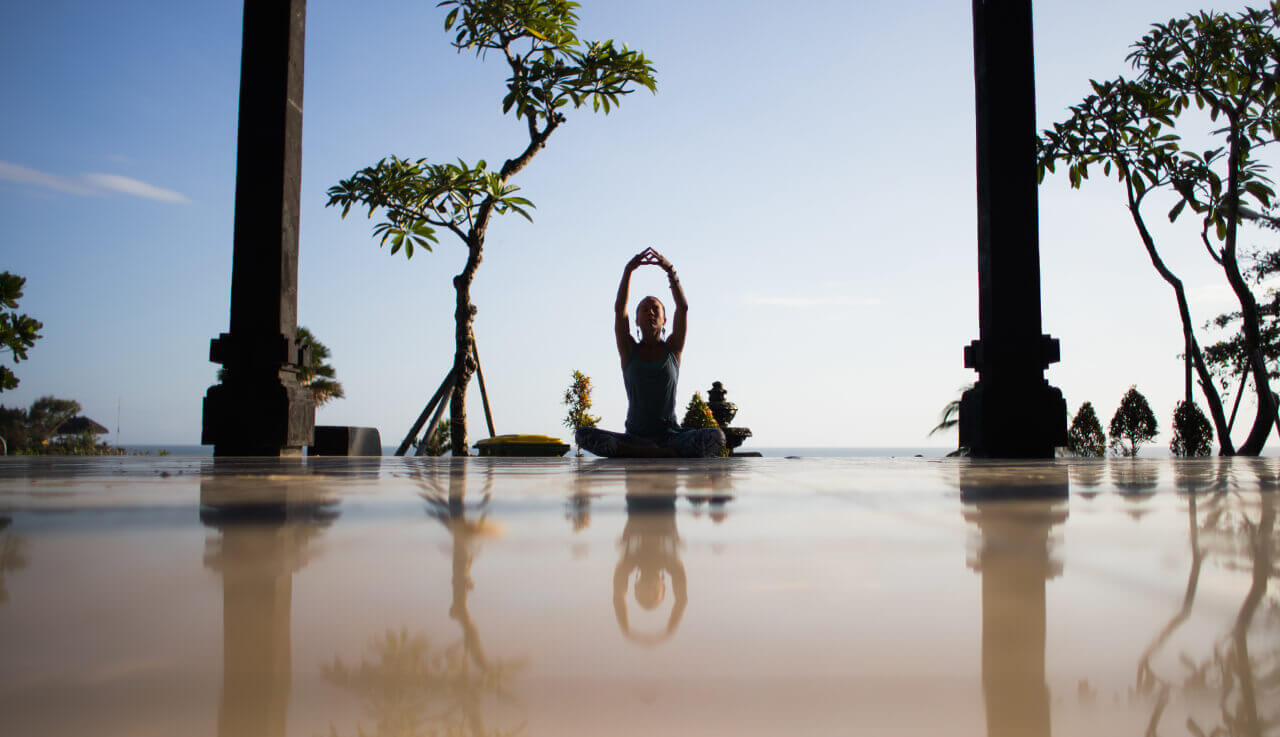
Ubud, Bali’s cultural heartland, was hailed by pioneering ex-pats in the 1920s. It has since become one of the most famous centers in the world for healthy, conscious living.
The early 2000s yoga revolution was a game changer. Today, there are more “mindfulness retreats”, soul-food restaurants and spas per capita than anywhere on earth.
The sacred Monkey Forest in Ubud (long Bali’s top tourist attraction) is attracting crowds once again. The old, charmingly ramshackle market is being demolished for renovations and will remain closed for a while. However, the shopping streets are once again clogged with traffic.
Enjoy a luxurious train ride to the largest Buddhist temple in the world
The town centre is clearly flourishing once again, but increasing numbers of tourists are discovering that the properties located along the unexpectedly pristine canyons of Ayung River better reflect the island paradise for which they have traveled.
Four Seasons Bali Sayan is the perfect combination of luxury and convenience. This resort is set in a landscape with tropical gardens and terraced paddy fields (still being worked). It has been the Ubud base of choice for many VIPs including Julia Roberts, Barack Obama and others.
You’ll find all the amenities you would expect in a luxury resort, but there’s also a Ubud-inspired yoga program, massages, meditations, chakra ceremonies, and an irresistibly interesting “activity” known as a Sacred Nap.
You can choose to leave the resort by taking the free shuttle (10 minutes). Or you can take part in a variety of cultural or recreational activities.
The best for nightlife
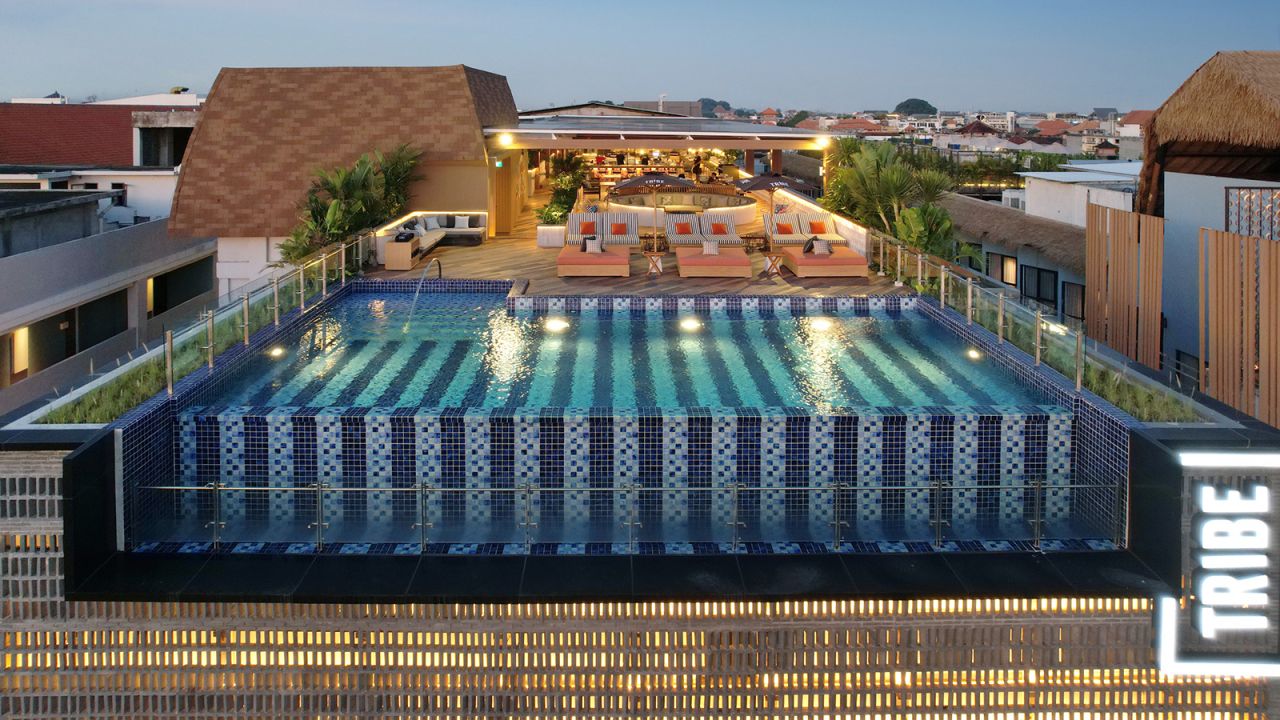
Kuta, Bali’s party capital, has been a popular destination for surfers since the early days of Bali. Kuta, once a sleepy fishing village, has sprawled to the west, combining Legian and Seminyak in jumbles of low-rise shops, bars and spas.
Balinese Hindus believe that anything above the tops the tallest palms trees is the realm of gods. This has led to the lack of tall buildings on the island, with a few regrettable exceptions in the 1970s.
Kuta was the area that suffered most during the pandemic. Popular with Australian tourists, this low-key area of hotels and bars centered around Poppies I & Poppies II was transformed into a ghost town almost overnight.
Kuta, which is less frenetic and less of an attraction for drunken stag nights, is regaining its lost charm and is now a centrally located and affordable base for beach and activity holidays with the family as well as nightlife.
Highlights from a 15,000-kilometer journey in Indonesia by car, boat, train and foot
Tribe Bali Kuta Beach, a new, sleek beachfront hotel with a contemporary style, is perfectly located for Kuta’s live music, cocktail bars, and DJ venues. The rooftop infinity swimming pool is the perfect spot to enjoy the sunsets in Kuta.
Grab and Gojek, the Asian versions of Uber, make it easy and affordable to reach nightlife venues further out in Legian or Seminyak.
The Potato Head Beach Club, a dedicated and innovative agricultural and food distribution program, was the talk of island during the lockdown.
The Potato Head Desa, which means village in Arabic, has several music venues as well as pools and five restaurants. The Potato Head Studios, which are beautifully designed and incorporate many of the brand’s recycling innovation, also opened during pandemic.
Best for serenity
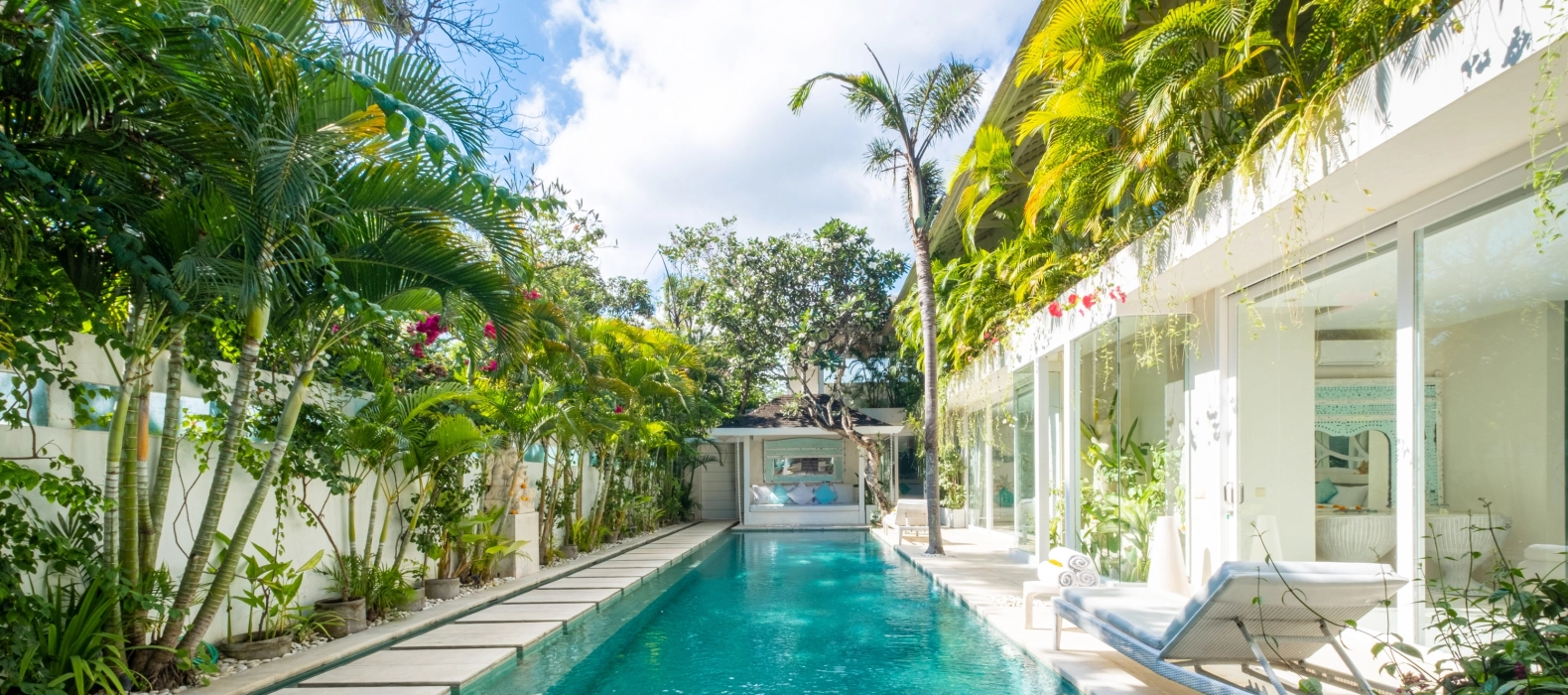
The moment you step into the Nirjhara Retreat, you get the feeling you won’t want to leave. This secluded resort is the perfect place to escape for a blissful getaway. It’s located near the tranquil western side of Tanah Lot Temple.
Nirjhara’s Canopy Suites, quirky “treehouses” that combine industrial chic with recycled tropical charm, have become design icons for the island’s contemporary architecture.
It is only 30 minutes away from Canggu, a hipster hangout. Yet the resort feels like an untouched tropical paradise. Relax in the shady trees, by the babbling water and attracted infinity pool. Book a massage at the Retreat Spa to take your relaxation even further.
Indonesia’s Raja Ampat – ‘The Last Paradise on Earth’
Nirjhara means waterfall in Sanskrit and the property was named after the cascade which runs alongside the yoga shala. Bali is famous for its waterfalls, especially the Nungnung Waterfall, which has a 500-step canyon descent.
You can also book a surfing lesson at Kedungu Beach, a beginner-friendly beach where three waterfalls fall from the cliffs directly onto the beach.
Nirjhara’s newly launched traditional superyacht Vela, is available to charter for some of Indonesia’s most remote islands.
Best for Beaches
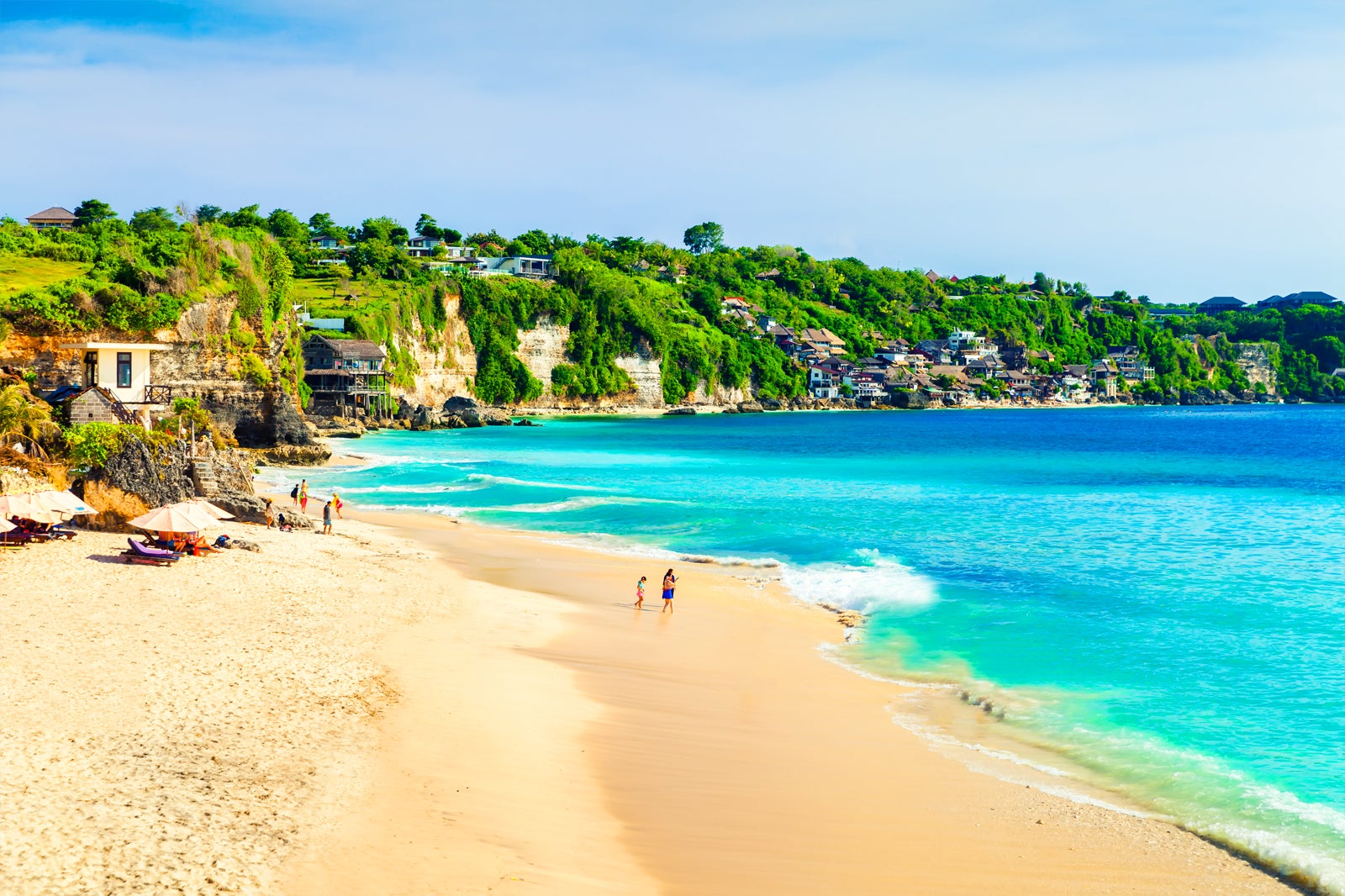
Since 1936, when American surfer Robert Coke first opened his hotel, tourists have been attracted to the “shoot-the-curl” waves on the tropical, warm waters of southern Bali.
Four Seasons Jimbaran Bay is located just four kilometers from the former Coke residence. This resort, with its 147 bungalows and suites, is reminiscent of an old Balinese village.
Jimbaran Bay’s white-sand curve, free of the crowds in nearby Kuta and its swimming pools, will lure you away from your private plunge pool.
Tropicsurf is a luxury surf guide operation that has a great reputation. Their Coconut Grove headquarters on Jimbaran Beach are the ideal starting point to catch your first Bali waves.
Blake McKinnon, a resident Australian surf-guide with many years’ experience in southern Bali, analyzes the conditions to determine which wave is best for any level of surfing experience.
Jimbaran’s early morning fish markets and the seafood restaurants that line its beach at sunset are well-known.
Book a table for Sundara for unforgettable sundowner cocktail or a (seriously upgraded) version of Jimbaran’s beachfront BBQ.
The best way to get off the beaten path
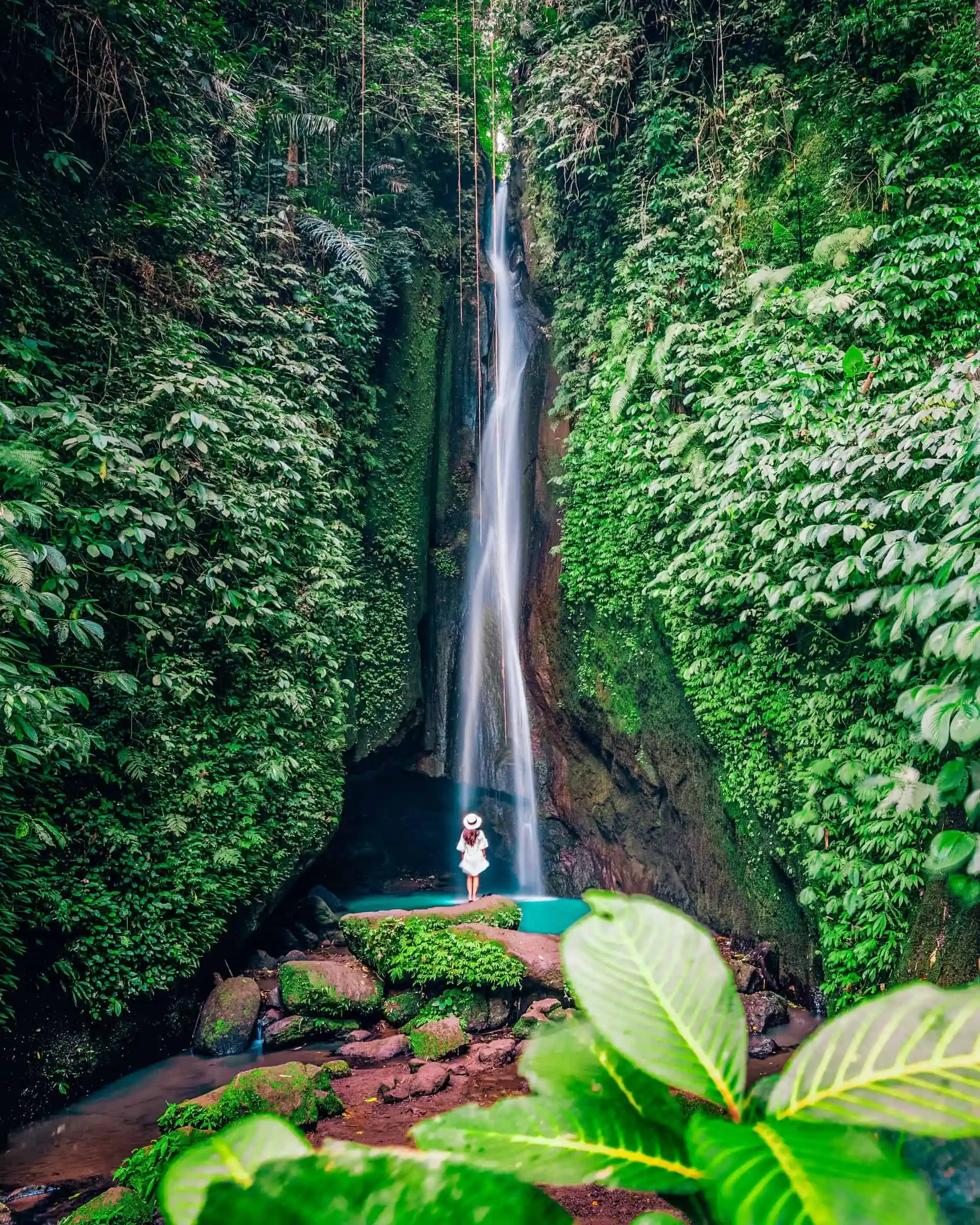
West Bali is home to vast stretches of palm forests, deserted beach and jungle heartland.
After driving through paddy terraces and timeless villages, you might feel your heart sink as you approach a three-meter high neon-lit security fence emblazoned in blaring slogans such as: Amusement Parks, Dancing, Holiday Fast… This is an unnecessarily garish introduction of Lost Lindenberg, which is one of the most stylish and idyllic hideaways on the island.
The property is scheduled to open in July 2022. Its eight rooms are located in towers of 20 meters high timber (palms grow extremely tall in West Bali) and overlook the most beautiful beach in Bali.
An auction of a lifetime for the rights to a Indonesian archipelago
You can hardly believe it when you step out onto the 14-kilometer stretch of volcanic sands beaten by waves. Medewi, a low-key surfing town located just west of Bali, has a sandy beach that is better for beginners than the jagged rocks at the point break.
It’s tempting to just relax in this area, but you will miss out on some amazing experiences if don’t explore. West Bali has some unexpected sights, most of which are unknown to tourists. These include the world’s largest traditional fishing fleet in Perancak, Bali’s bird of paradise as well as herds wading through the lagoons of West Bali National Park.
As an alternative to the brutal buffalo chariot racing, you can take a paddy tour and meet a small Pink Buffalo herd – which is almost extinct in this tiny patch of rural paradise on Bali. West Bali is one of Indonesia’s most well-kept secrets.

